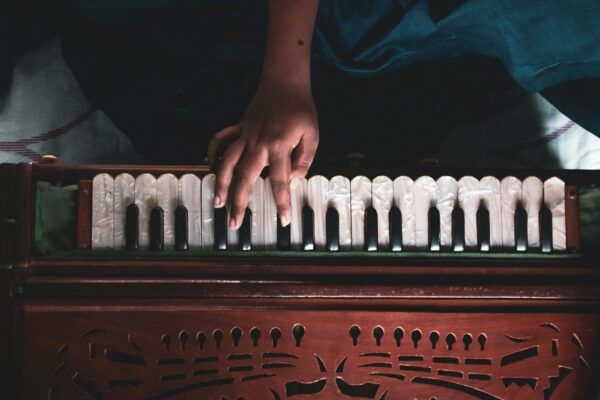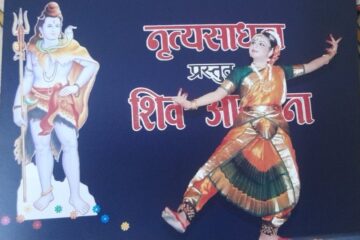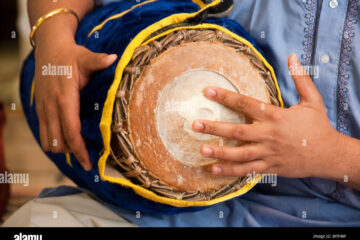As we all know that music is the most significant part of our life. We have rarely made our day without listening to some part of our music. Whether it be our phone ringtone or some jingle on the television, music is everywhere. So, let us travel through a brief journey of Indian Music and revise this glorious art form, and how it has evolved overtime.
Ancient Indian Music
In the Vedic Period, as per the mythology, the Origin of Music was from Sangita Ratnakara( the ocean of Music). It is also said that Nadabrahma was the purest sound created and was pervaded in the entire universe. Many Mythological scripts depicted the existence of music and dance in Lord Indra’s Court. The Apsaras in heaven used to sing and dance to entertain the gods. It is also said that Naradmuni introduced the art of Music to the earth from heaven. Many Temples in India have witnessed the existence of music in Indian Mythology.
Later on in around 4th Century AD, Bharatmooni’s Natyashastra prescribed the chapters on music, which was the first written notation based on music. This music was divided into octaves and twenty-two keys.
Next is Dathilan, which also mentions twenty-two shruti’s per octave.
Medieval Period
Indian Music underwent the impact of Muslim influence. Indian Music was then slowly divided into Hindustani and Carnatic Music. The Hindustani Music had Persian influence whereas the Carnatic had the south indian Influence. In the fifteenth century, the devotional Dhruvapad transformed into Dhrupad or classical form of music. Carnatic Music was more lyrical and rhythm based and Hindustani was more music or note based. That is why dance styles like Bharatantyam, Kuchipudi, Mohiniattam are Carnatic musical dance styles. Whereas, Kathak is the Hindustani music classical dance form. However, both the styles were distinctive and yet they were mutually influenced.
The Khayal style was also developed as a new form of singing in the 18th century AD. We are all familiar with Taansen, who was one of the nine gems in Akbar’s court. His divine talent is remembered even today.

Modern Period
With British rule in India, the court arts underwent a massive decline. Most of the Nawabs lost their wealth and did not have rewards in order to lavish their performances. Most of the Musicians had to switch their professions to earn a living.
A few Gharana however managed to survive their heritage. The parallel development that gradually started forming due to new forms of media were introduced like radio tv. These man made wonders gave Indian Music a new life.
Indian classical music started emerging in Indian Cinema and took music to a next level. Along with classical Music the folk music which was remote to the nation also got introduced here.
Then a mixture of light music or cinema songs were introduced where a layman could also understand and enjoy the music.
The legendary artists and composers contributed their talent in Indian Cinema and Indian Music. We still love to listen to the classic songs which are immortal.
The music in Indian cinema was a mixture of western music and classical music. So, dance styles like jazz, Cabaret, salsa, and disco were introduced in films. The western influence was appreciated by the audience till today. Singers like Kishore Kumar, Asha Bhosale, Mohammad Rafi, Lata Mangeshkar added their melodious voices to modern times music yet gave a unique blend for Indian cinema and songs.
Indian Music Now
After globalization and digitization, Indian music has now the influence of western and pop culture. The Music has become an experimental and evolving art form which is now appreciated by the young audience. Indian Classical Music also has a confluence of EDM and fusion. Bollywood music has a combination of classical as well as western music, where instruments like drums, guitar, violin, keyboard adds up a western charm to the artform.
The voice of the singer is also fine by using Auto tune.
However, the raw analog music has transformed to the digital one, still we understand and acknowledge the roots of the glorious art form.
To sum up, no matter what evolution the music has made , its melody and joy has remained unchanged.



0 Comments